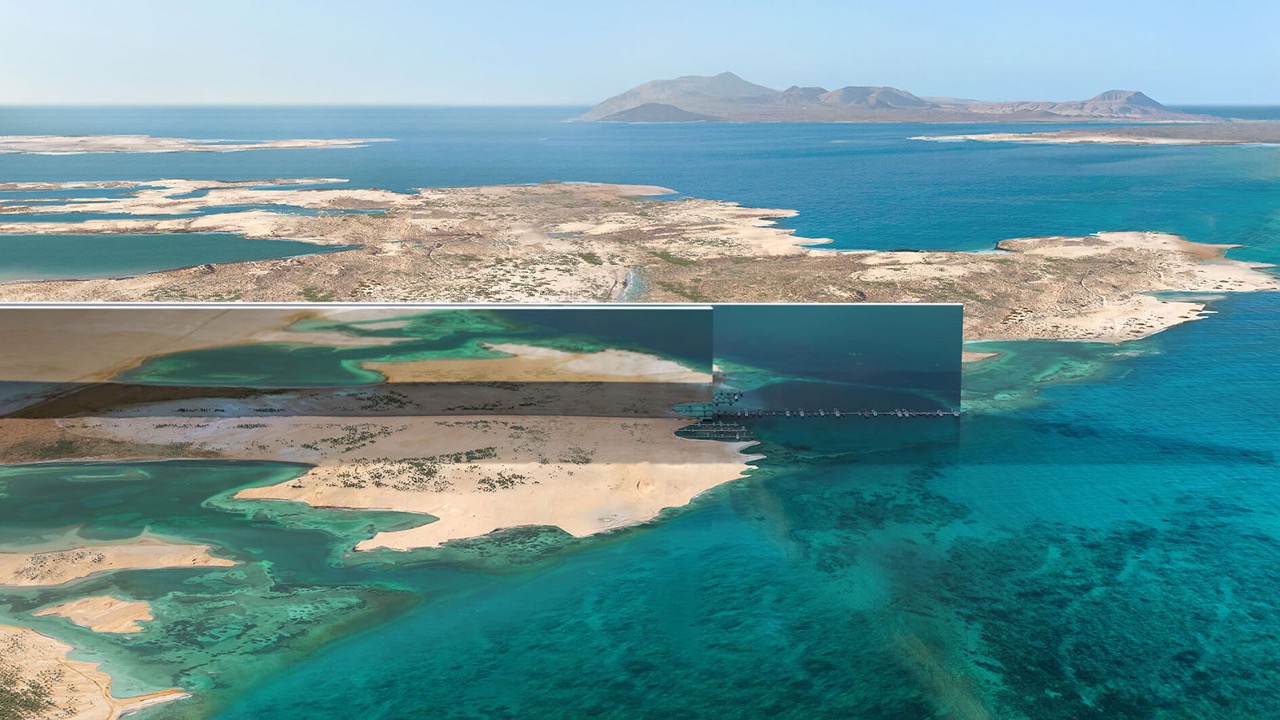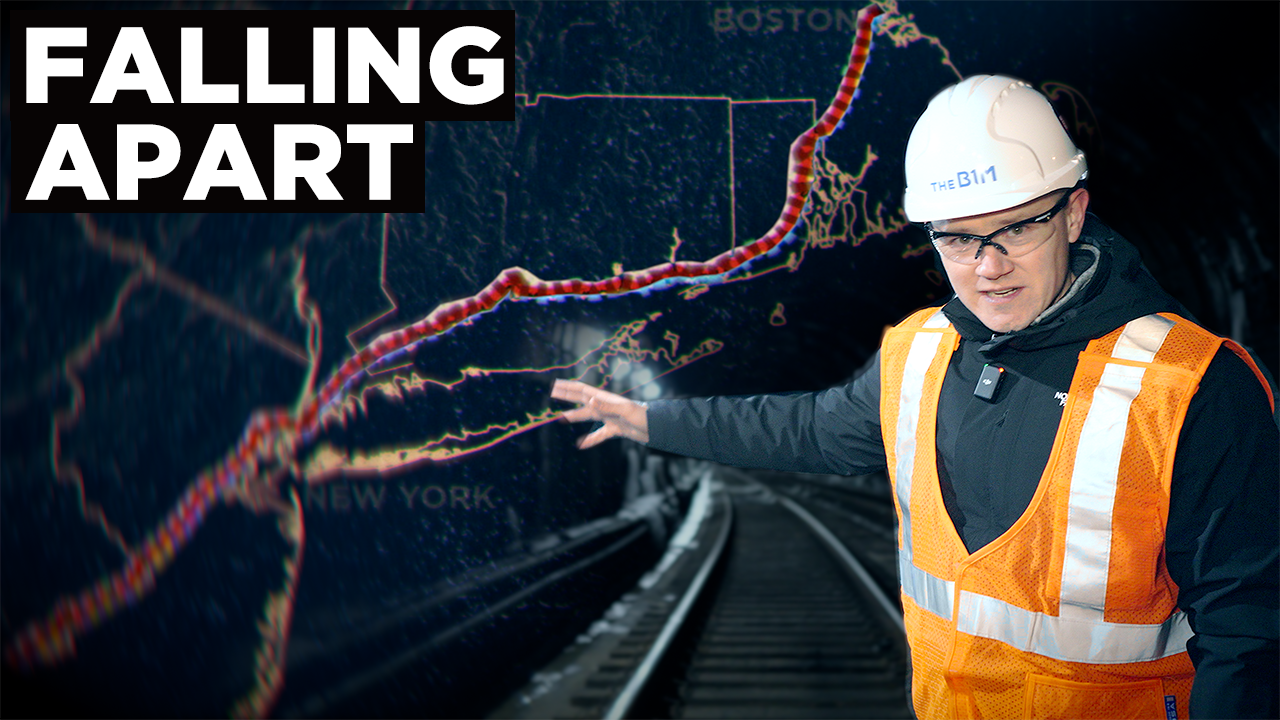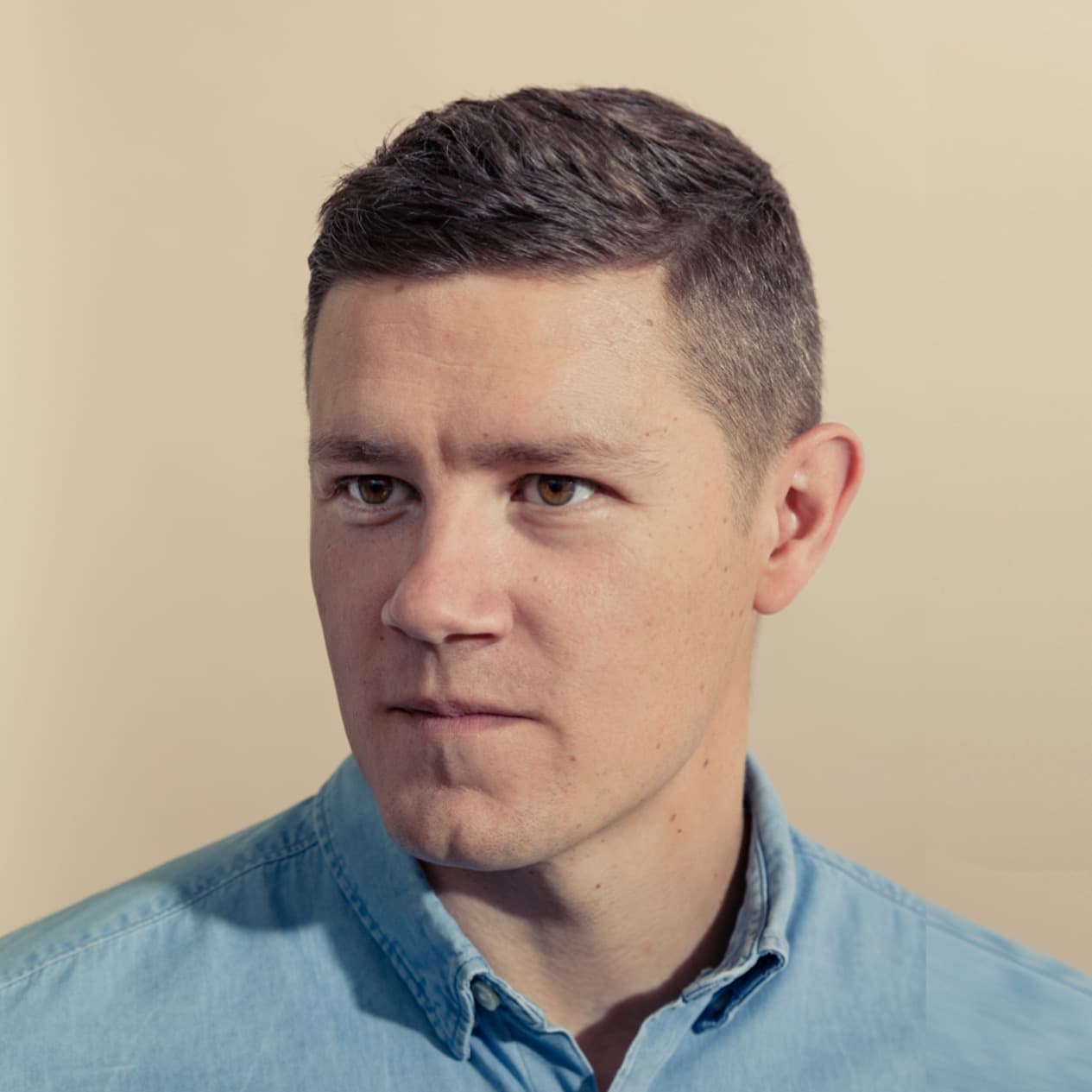
BBC Reports That Saudi Arabia Authorised "Lethal Force" to Clear a Path for The Line
Saudi Arabian authorities permitted the use of "lethal force" to clear villages in the path of The Line, according to an investigation by BBC News.
Colonel Rabih Alenezi, an exiled former Saudi intelligence officer now living in the UK, told BBC News that he was ordered to evict villagers from a tribe in the region and cleared to use lethal force against anyone who "continued to resist". It's claimed that one villager has been shot and killed as a result of the order.
The BBC has been unable to independently verify Colonel Rabih Alenezi's comments. Both the Saudi Arabian government and NEOM declined to comment on the story. The full article is available to read on the BBC News website.
BBC News reports that Saudi authorities have described the area where NEOM is being constructed as a perfect blank canvas, but that over 6,000 people have been moved for the project according to the Saudi government.
Human rights group ALQST estimates the figure to be higher.

Above: This image of construction progress on The Line was shown in a NEOM promotional video in April 2024. Image courtesy of NEOM.
The Line is a planned mirrored linear city that's due to stand 500-metres tall and stretch for 170-kilometres across the desert, though a recent Bloomberg report suggested that just 2.4-kilometres will be constructed by 2030.
As a result, at least one contractor has begun to dismiss a portion of its workers on the site, according to a document seen by Bloomberg. The officials that Bloomberg reached out to declined to comment.
Despite the cut back, this first portion of The Line would effectively see the construction of two mirrored supertall skyscrapers standing 500-metres high – roughly the same height as New York’s One World Trade Center – and extending sideways for 2.4-kilometres in the middle of a desert.

Above and Below: The Line is an extraordinarily ambitious linear city that's currently under construction in Saudi Arabia. Images courtesy of NEOM.

The Line forms part of NEOM, a wider mega-development that’s being led by Saudi Arabia’s state-created Public Investment Fund (PIF). The sovereign wealth fund is tasked with diversifying the country’s economy away from oil and improving its image. Numerous headline-grabbing schemes including Trojena and The Mukaab have been announced to date.
Jeddah Tower restart
The BBC report comes in the same week that more news emerged about Saudi Arabia's Jeddah Tower – a distinctly separate, non-NEOM project that's being led by a private developer.
Speaking to Architectural Digest, developer Jeddah Economic Company (JEC) said that “construction has restarted with completion expected in 4-5 years". The firm went on to say that it was reviewing bids and would select a contractor within 2-3 months.
The statement appeared to be echoed by Adrian Smith + Gordon Gill Architecture, the firm designing the project, in posts on its website and across social media.
The B1M has been unable to independently verify that works have restarted.
If completed, the skyscraper will stand at least 1-kilometre tall and overtake Dubai’s 828-metre Burj Khalifa to become the world’s tallest building.

Above [left]: The proposed 1-kilometre tall Jeddah Tower. Image courtesy of JEC / Adrian Smith + Gordon Gill Architecture. Above [right]: Construction progress on the Jeddah Tower as of late 2022. Image licensed to The B1M by Alamy.
Construction originally began back in 2013 but was paused twice for extended periods: once following Saudi Arabia’s anti-corruption purge of 2017 and again at the start of the pandemic. The project had sat largely dormant since early 2020 with a circa 300-metre tall stump constructed, though that in itself would already classify as a “supertall” skyscraper.
In March it was reported that British architecture firm Foster + Partners was working on plans for a 2-kilometre skyscraper close to the Saudi capital Riyadh. Few details have emerged, but The B1M recently interviewed architectural and engineering experts about the feasibility of such a project:
Article header image courtesy of NEOM.








